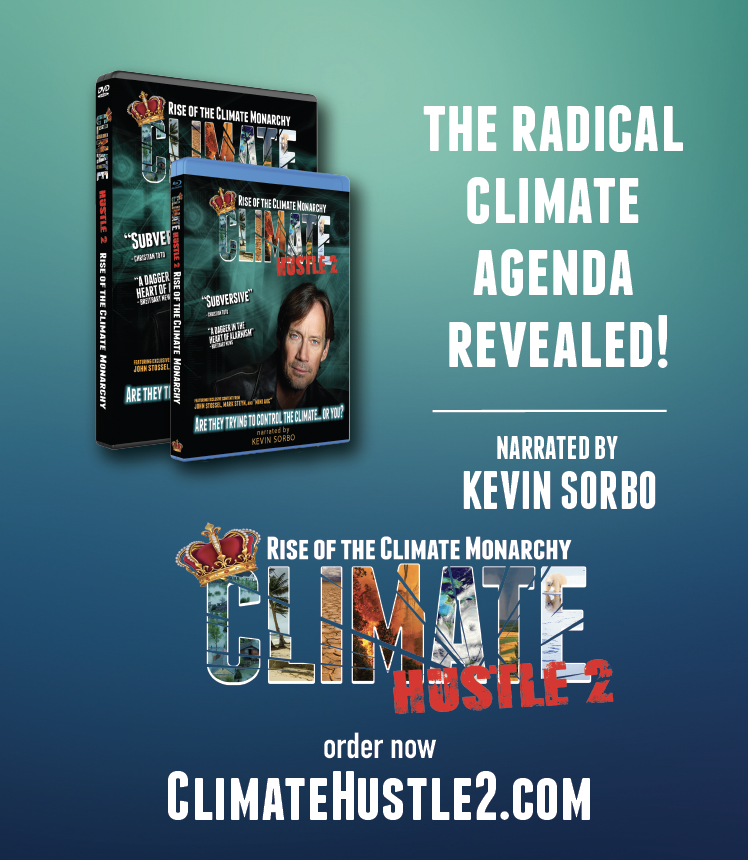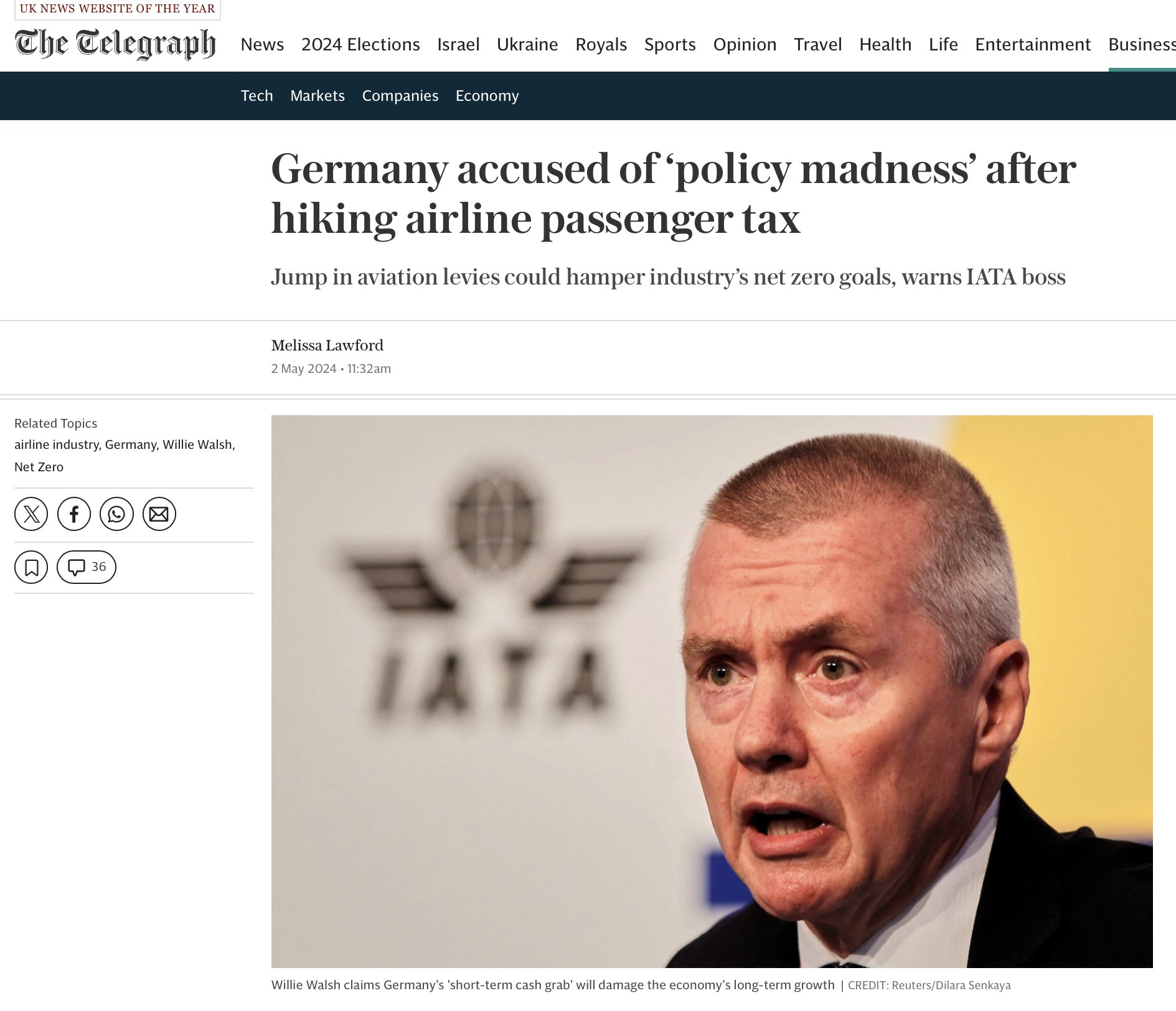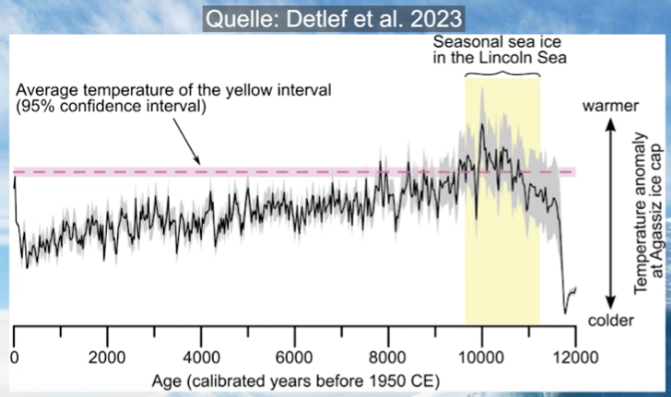A Further Look at the Social Cost of Carbon
http://www.cato.org/blog/further-look-social-cost-carbon
Paul C. “Chip” Knappenberger and Patrick J. Michaels
We are in the process of putting the final touches on our Public Comment concerning the Department of Energy’s use of the social cost of carbon in its recent rulemaking regulating the energy efficiency of microwave ovens. (We’ll make our Comment available as soon as we file it.) The social cost of carbon (SCC) is the government’s idea of how much future damage will be caused by each ton of carbon dioxide emitted today.
Our DOE Comment focuses entirely on the new science concerning the equilibrium climate sensitivity, that is, how much the earth’s average surface temperature will increase from a doubling of the atmospheric carbon dioxide content. We argue that had the new science indicating a lower equilibrium climate sensitivity been properly incorporated into the determination of the SCC used by the DOE, it would have had a significant impact on the cost/benefit analysis used to justify the new regulation. The “benefits” of requiring lower energy consumption from microwave ovens would have been reduced.
But, as we have discussed previously, the new, lower estimate of the equilibrium climate sensitivity is just one of several key variables to which the SCC is very sensitive.
Another is whether or not the social cost of carbon used in U.S. government cost/benefit analyses of proposed rules and regulations should reflect an estimate of global or domestic costs. Currently, in a departure from its own guidelines, the government uses the global SCC in determining the benefits accrued by reducing domestic carbon dioxide reductions. Unsurprisingly, the global SCC is many times higher than the domestic SCC.
And another variable is the “discount rate” used in the SCC calculation. The discount rate reflects how much we are willing to pay now to reduce the costs of projected carbon-related damages in the future. The lower the discount rate, the more we must pay now and thus the higher the current SCC seems to be. In another departure from its own guidelines, the government’s calculation uses an especially low discount rate, resulting in a high SCC and thus more “benefits” from regulations reducing carbon emissions.
There was an insightful column in the New York Times earlier this week by Eduardo Porter that is one of the clearest explanations we have read on the effects and rationale of the choice of the discount rate when determining the social cost of carbon. He draws a distinction between what he terms a “moralist” approach (which prefers a lower discount rate) and a “business” approach (which requires a higher discount rate):
The discrepancy between the estimates of the value of climate damage stem from radically different views on how much weight the people of the present should give to damages caused by the climate in the distant future.
The estimate of [the SCC of] $65 a ton is inspired by a moral stance: if warming will impose a cost of 1 percent of the world’s income in the future, we should spend about 1 percent of our income to prevent it—or perhaps somewhat less to account for the trend that people 100 years from now are likely to be much richer than people today.
By contrast, $13.50 a ton comes from the business world. Essentially, it requires that spending to prevent climate change should yield at least the same rate of return, in terms of reduced damages from warming, as any other capital investment.
The two outlooks lead to entirely different decisions. The government’s rendition of the moral approach implies that it is worth making every investment to reduce carbon emissions that has a rate of return of at least 2.5 percent, in terms of avoided damages. Business logic suggests that no investment should be made if the return—after taxes—is less than 5 percent.
Ultimately, Porter thinks that the business logic will win the day. He astutely points out:
Multiple challenges compete for the world’s resources, from economic development and ending poverty to eradicating AIDS and malaria. The climate is not the world’s only priority. Even if we were to agree that improving the well-being of future generations is worth an enormous investment, there might be better things to invest in than reducing greenhouse gas emissions.
We are happy to see more critical attention being paid to the social cost of carbon, as it represents a huge, but little-known back door that is silently swinging open for costly government regulation of carbon emissions. Economics and science argue that door should be barred and locked.
Sent by gReader Pro




